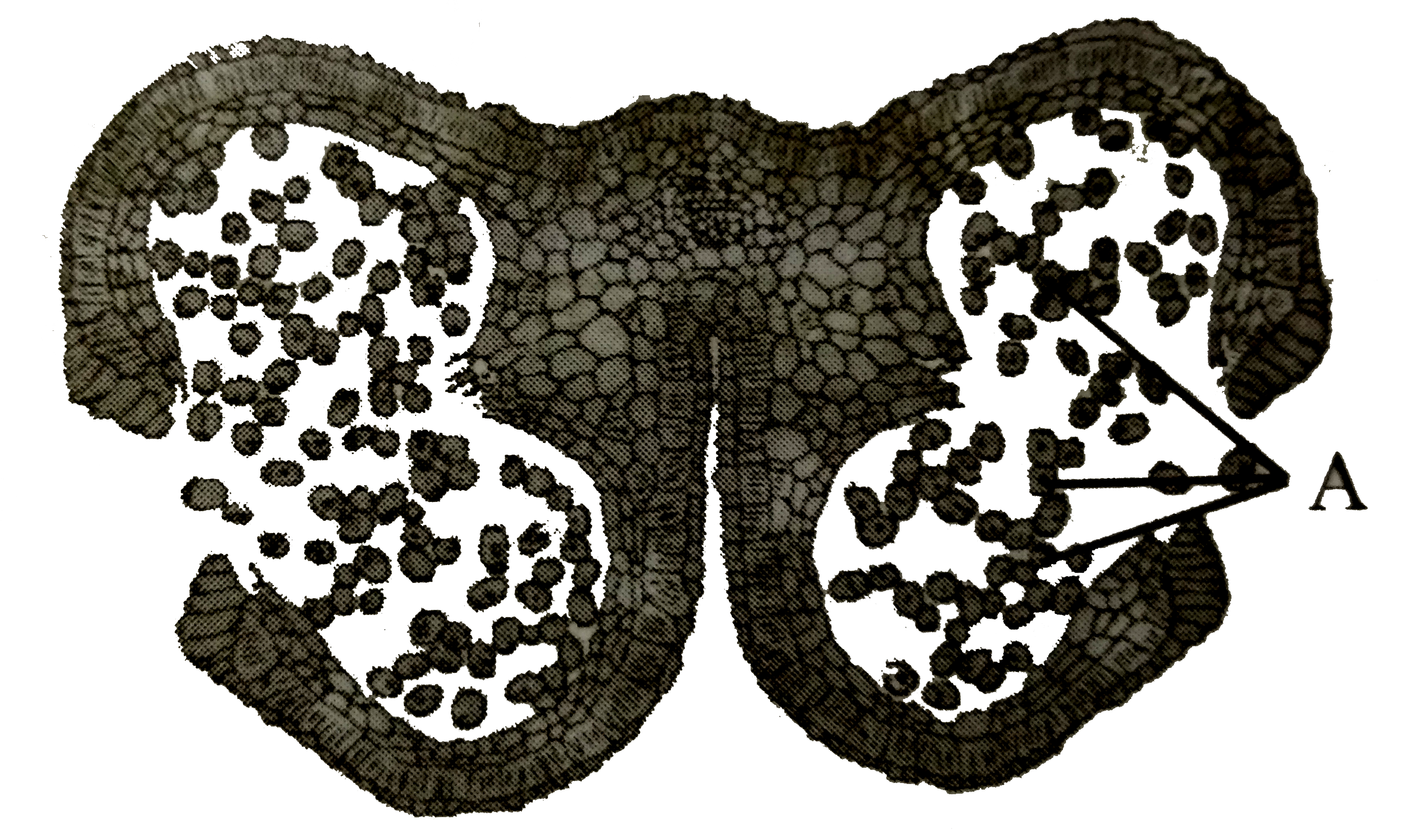What is Brady's reagent ? Write down one if its uses.
Step-by-Step Solution:
1. Definition of Brady's Reagent:
Brady's reagent is chemically known as 2,4-dinitrophenylhydrazine (DNP or 2,4-DNP). Its molecular structure consists of a phenyl ring with two nitro (NO2) groups attached at the 2 and 4 positions, and an amino (NH2) group attached to the carbon adjacent to the phenyl ring.
2. Chemical Structure:
The structure of Brady's reagent can be represented as follows:
- It has a phenyl ring (C6H4) with two nitro groups (NO2) at positions 2 and 4, and an NH2 group, making it 2,4-dinitrophenylhydrazine.
3. Use of Brady's Reagent:
One of the primary uses of Brady's reagent is to test for the presence of aldehydes and ketones. When an aldehyde or ketone reacts with Brady's reagent, it forms a yellow or orange precipitate, indicating a positive test.
4. Reaction Example:
For instance, when acetone (CH3COCH3) is treated with Brady's reagent in the presence of concentrated sulfuric acid, a condensation reaction occurs, resulting in the formation of a yellow/orange precipitate known as 2,4-dinitrophenylhydrazone.
5. Conclusion:
Thus, Brady's reagent is an essential chemical in organic chemistry for identifying aldehydes and ketones through the formation of colored precipitates.
---
Brady's reagent is chemically known as 2,4-dinitrophenylhydrazine (DNP or 2,4-DNP). Its molecular structure consists of a phenyl ring with two nitro (NO2) groups attached at the 2 and 4 positions, and an amino (NH2) group attached to the carbon adjacent to the phenyl ring.
The structure of Brady's reagent can be represented as follows:
- It has a phenyl ring (C6H4) with two nitro groups (NO2) at positions 2 and 4, and an NH2 group, making it 2,4-dinitrophenylhydrazine.
One of the primary uses of Brady's reagent is to test for the presence of aldehydes and ketones. When an aldehyde or ketone reacts with Brady's reagent, it forms a yellow or orange precipitate, indicating a positive test.
For instance, when acetone (CH3COCH3) is treated with Brady's reagent in the presence of concentrated sulfuric acid, a condensation reaction occurs, resulting in the formation of a yellow/orange precipitate known as 2,4-dinitrophenylhydrazone.
Thus, Brady's reagent is an essential chemical in organic chemistry for identifying aldehydes and ketones through the formation of colored precipitates.
Topper's Solved these Questions
- ALDEHYDES, KETONES AND CARBOXYLIC ACIDSBOOK - ICSECHAPTER - ALDEHYDES, KETONES AND CARBOXYLIC ACIDSEXERCISE - ISC EXAMINATION QUESTIONS (PART-I OBJECTIVE QUESTIONS) (FILL IN THE BLANKS)
27 Videos
- ALDEHYDES, KETONES AND CARBOXYLIC ACIDSBOOK - ICSECHAPTER - ALDEHYDES, KETONES AND CARBOXYLIC ACIDSEXERCISE - ISC EXAMINATION QUESTIONS (PART-I OBJECTIVE QUESTIONS) (MULTIPLE CHOICE QUESTION)
24 Videos
- ALDEHYDES, KETONES AND CARBOXYLIC ACIDSBOOK - ICSECHAPTER - ALDEHYDES, KETONES AND CARBOXYLIC ACIDSEXERCISE - EXERCISE (PART-II DESCRIPTIVE QUESTIONS) (VERY SHORT QUESTIONS)
282 Videos
- ALCOHOLS, PHENOLS AND ETHERS BOOK - ICSECHAPTER - ALCOHOLS, PHENOLS AND ETHERS EXERCISE - ISC EXAMINATION QUESTIONS
25 Videos
- APPENDIX II ( TYPICAL CONVERSIONS)BOOK - ICSECHAPTER - APPENDIX II ( TYPICAL CONVERSIONS)EXERCISE - AROMATIC CONVERSIONS
98 Videos
Similar Questions
What is Tollen's reagent? Write one usefulness of this reagent.
View Solution
Write down the name of point A
View SolutionWhat is Hinsberg's reagent? What is its use?
View SolutionWhat is the pole fuse ? Write down its current rating.
View Solution
Reagent used is :
View Solution(a) What is Evil Quartet ?
(b) Write down Few impact of Biodiversity loss.
View SolutionWhat are proteins ? Write their two uses.
View SolutionWrite one use of cement.
View SolutionWrite one use of cement.
View SolutionWhat are the following:
Brady's reagent?
View Solution
